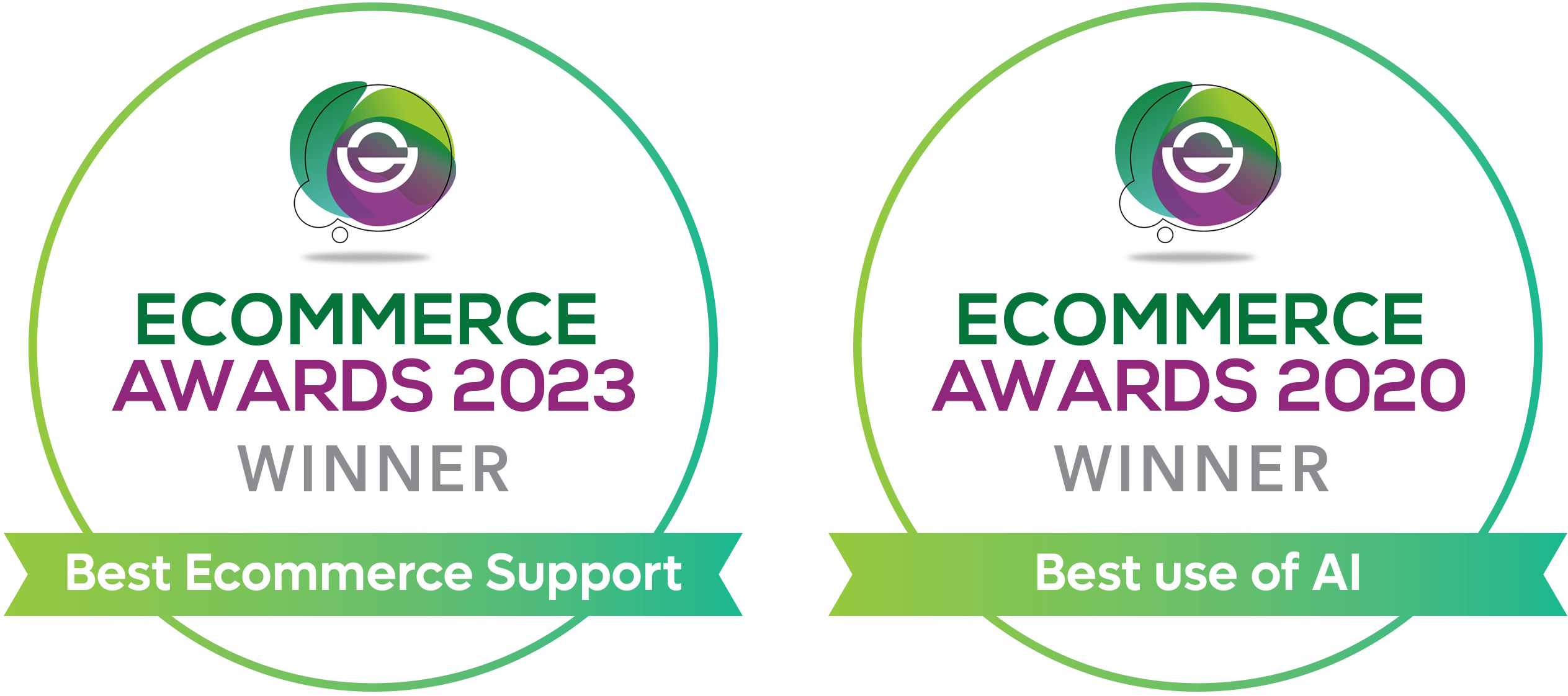Build your own attribution model with machine learning
Sounds too good to be true? Maybe so, but as machine learning and cloud data technology become more accessible and scalable, building your data-driven Multi-Touch Attribution (MTA) model is becoming increasingly realistic. The advantage of a predictive machine learning model is that it can be objectively assessed based on a blind hold-out data set, so you have clear criteria as to whether one model is ‘better than another.
What you need for an in-house approach
First, you need data and lots of it. Fortunately, digital marketing is one of the most data-rich activities on the planet. Chances are that if you are a B2C online business, you have hundreds and thousands, or else millions of site visit logs generated every week. These logs contain referrer data which helps you analyse and understand the customer journey to sale, the first essential step in building your attribution approach.
Second, you need a solid experienced data science and marketing analytics team. Go for a mixture of skills. Typically, some data scientists are strong on theory, but weaker on the application, while others are great communicators and see the strategic angle but are weaker at data-related programming. You also need domain expertise in marketing analytics. You need visualization experts and data engineering experts. The fabled ‘unicorn’ data scientist is impossible to hire, so instead, you should go for a team with the right mix of skills, with strong leadership to move the project forward.
Third, you need patience. The truth is, getting to an attribution model using machine learning is not easy. It is not a case of throwing some data at a model and waiting for the answers to pop out by magic. Your team needs to decide what data to use, how to configure it as a feature set, what types of model to use, what an appropriate training set is, how to validate the model and so much more besides. You will need to make multiple attempts to get to a half-decent model.
Choosing the final model
The best candidate ML models depend on your data – we have had good results with well-optimized classifiers and regression models, which we find often outperform even high order Markov models. While a black box or ensemble method may get better predictive accuracy, you need to consider the trade-off in terms of reduced transparency and interpretability. The best advice is not to commit to a particular modelling approach or feature set too early in the process, but to compare multiple methods.
But what then? An advanced machine learning model does not speak for itself. Once you have a model, you then need to be able to interpret it in such a way as to be able to solve the marketing mix allocation problem. What exactly is the contribution of each channel? What happens if spend on that marketing channel is increased or decreased? How does the model handle the combined effects of channels?
All of this will take months, so it is a small wonder that many companies ignore the problem or else go for a standard vendor out-of-the-box approach. It’s worth remembering then that there are some key benefits of a, ‘do it yourself approach to consider.
Benefits of an in-house model
If you create your model, you will discover a great deal about your marketing activity and data in the process. This can lead to immediate benefits – for example with one major international services firm we worked with we found significant marketing activity occurring in US states and cities where the company has no local service team. Even with no attribution model defined at that stage, the modelling effort uncovered this issue and saved the company huge sums right away. The point is that your data quality is tested and will become cleaner and more organised through the process of using it, and this, in turn, supports all your data-driven marketing.
Another beneficial side effect is that if you create your attribution model you will also learn about your business and decision making. This process will force your marketing teams to collaborate with data scientists and engineers to work out how to grow sales. Other teams need to be involved, such as finance, and your agencies, and this will often spawn further opportunities to learn and collaborate across all these marketing stakeholders.
Attribution is all about how different marketing channels work together, so your various marketing teams and agencies need to collaborate as well – social, search, display as well as above the line, and brand and performance more broadly. Again, this provides intrinsic and additional value over and above the modelling itself.
Finally, it is worth pointing out that you will never actually arrive at the final model. This is quite a fundamental point to bear in mind. By its nature, a machine learning approach means you need to train the model on fresh data as it comes in. Your marketing and your products are also changing all the time, and so are your customers. So really you need to build a marketing attribution modelling process more than you need to build a single attribution model.
So, go ahead, build your model, be less wrong than before, and then when you have finished, start all over again. As we say at Metageni, it is all about the journey.
Gabriel Hughes PhD
Can we help unlock the value of your analytics and marketing data? Metageni is a London UK based marketing analytics and optimisation company offering support for developing in-house capabilities.
Please email us at hello@metageni.com














